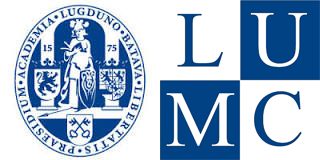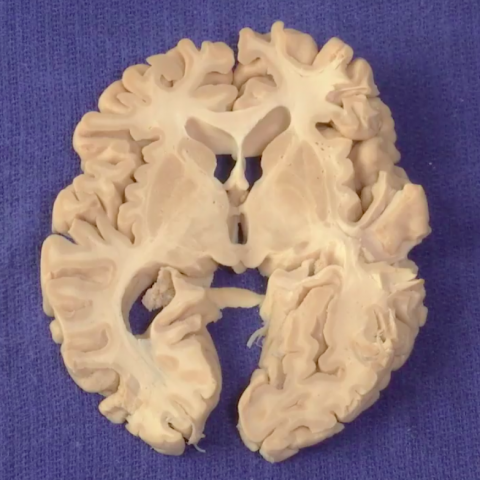Basal Ganglia – Brain Dissections. The video demonstrates the Basal Ganglia, involved in movement. Structures involved in involuntary movements are shown on models, in animations, and on gross coronal and axial sections. Diagrams show the cortex-to-cortex loop and the nigrostriatal pathway. The direct and indirect pathways are shown. The direct pathway facilitates movement while the indirect pathway inhibits movement on the opposite side of the body. Clinical videos of two diseases, Parkinson's and Huntington's, are examples of interruption of the balance between excitation and inhibition in these pathways. With English or Italian closed captions. Video by Suzanne S. Stensaas, PhD, Professor Emeritus, Department of Neurobiology and Anatomy, University of Utah School of Medicine. Video retrieved from https://neurologicexam.med.utah.edu/adult/html/brain-dissections.html#22
 View license
View license If you use this item you should credit it as follows:
- For usage in print - copy and paste the line below:
- For digital usage (e.g. in PowerPoint, Impress, Word, Writer) - copy and paste the line below (optionally add the license icon):





Comments